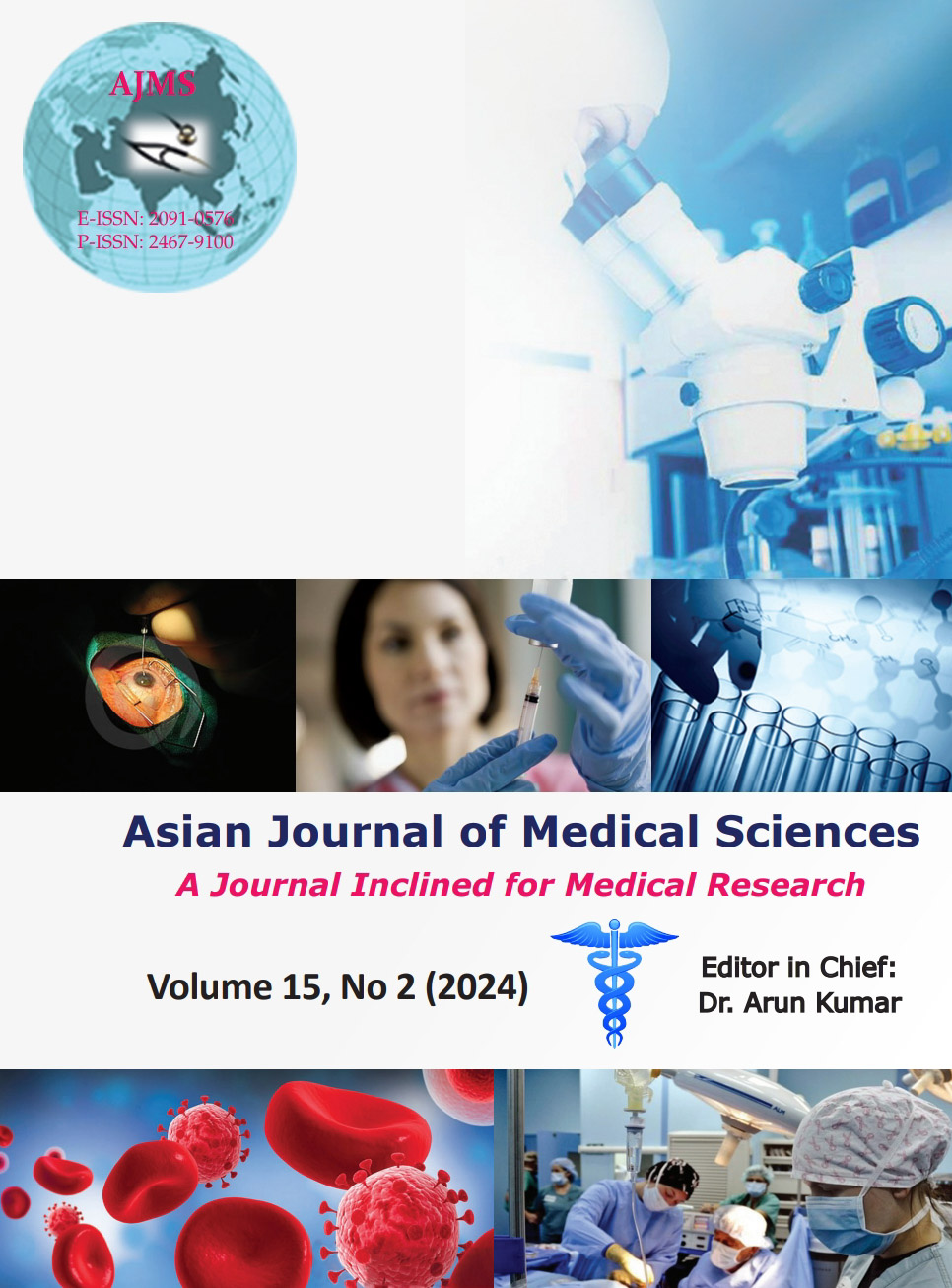The role of life events in obsessive-compulsive disorders
Keywords:
Stressful life events; Traumatic life events; Obsessive-compulsive disordersAbstract
Background: A small number of studies are available to assess the role of stressful life events (SLEs) in obsessive-compulsive disorder (OCD). The previous studies have reported contradictory results and they have methodological limitations.
Aims and Objectives: The objectives of our study are (i) to find out the frequency of life events in patients with OCD in comparison to their matched healthy controls and (ii) to find out the impact of life events on the severity of the disorder.
Materials and Methods: Sixty patients fulfilling Diagnostic and Statistical Manual of Mental Disorder, 5th edition (DSM-V) criteria of OCD were rated with Yale-Brown Obsessive Compulsive Scale (Y-BOCS), Hamilton Rating Scale for Anxiety (HAM-A), Hamilton Rating Scale for Depression (HAM-D), and Presumptive Stressful Life Events Scale (PSLES). A group of 60 normal controls were also rated on PSLES. Finally, both groups were compared in terms of life events.
Results: The frequency of life events, past 1 year (t=5.307, P=0.006) and lifetime (t=11.527, P<0.001), were significantly higher in the patient group in comparison to controls. PSLES scores showed a
significant correlation with Y-BOCS total scores, Y-BOCS obsession scores, and HAM-A scores. There was a positive correlation between past 1 year PSLES score and HAM-D scores. Step-wise linear regression analysis showed PSLES scores significantly positively predicted Y-BOCS total score, Y-BOCS obsession score, and Y-BOCS compulsion score.
Conclusion: Life events were significantly more frequent in OCD patients both past 1 year and lifetime, as compared to healthy controls. The severity of obsessive compulsive symptoms was found to be directly proportional to the number of SLEs experienced in the past 1 year and lifetime.
Downloads
Downloads
Published
How to Cite
Issue
Section
License
Copyright (c) 2023 Asian Journal of Medical Sciences

This work is licensed under a Creative Commons Attribution-NonCommercial 4.0 International License.
Authors who publish with this journal agree to the following terms:
- The journal holds copyright and publishes the work under a Creative Commons CC-BY-NC license that permits use, distribution and reprduction in any medium, provided the original work is properly cited and is not used for commercial purposes. The journal should be recognised as the original publisher of this work.
- Authors are able to enter into separate, additional contractual arrangements for the non-exclusive distribution of the journal's published version of the work (e.g., post it to an institutional repository or publish it in a book), with an acknowledgement of its initial publication in this journal.
- Authors are permitted and encouraged to post their work online (e.g., in institutional repositories or on their website) prior to and during the submission process, as it can lead to productive exchanges, as well as earlier and greater citation of published work (See The Effect of Open Access).




